
We received a grant to build more active communities

Impact Report 2023

Is this my best side?
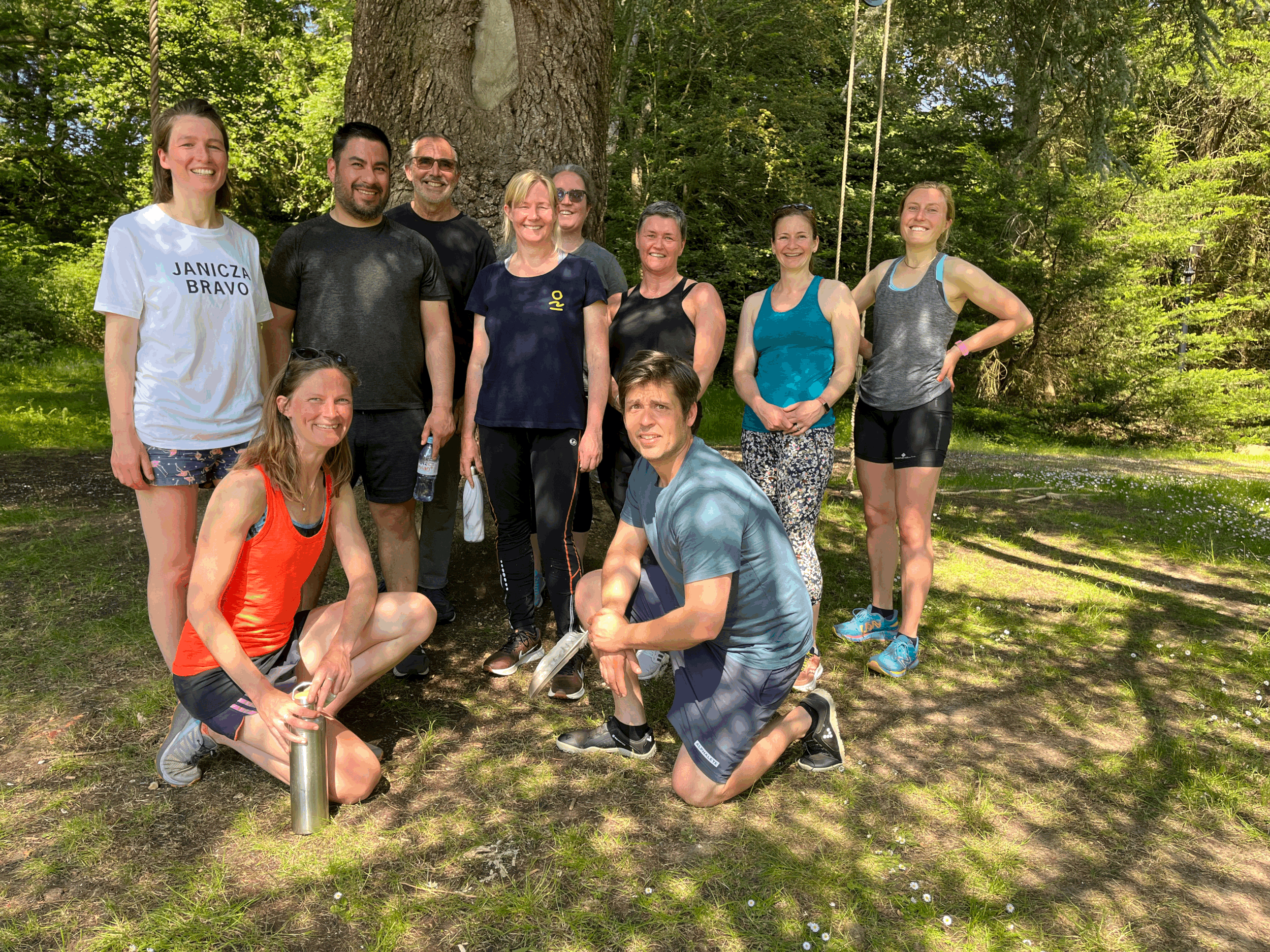
Introducing our Movements for Life Workshop
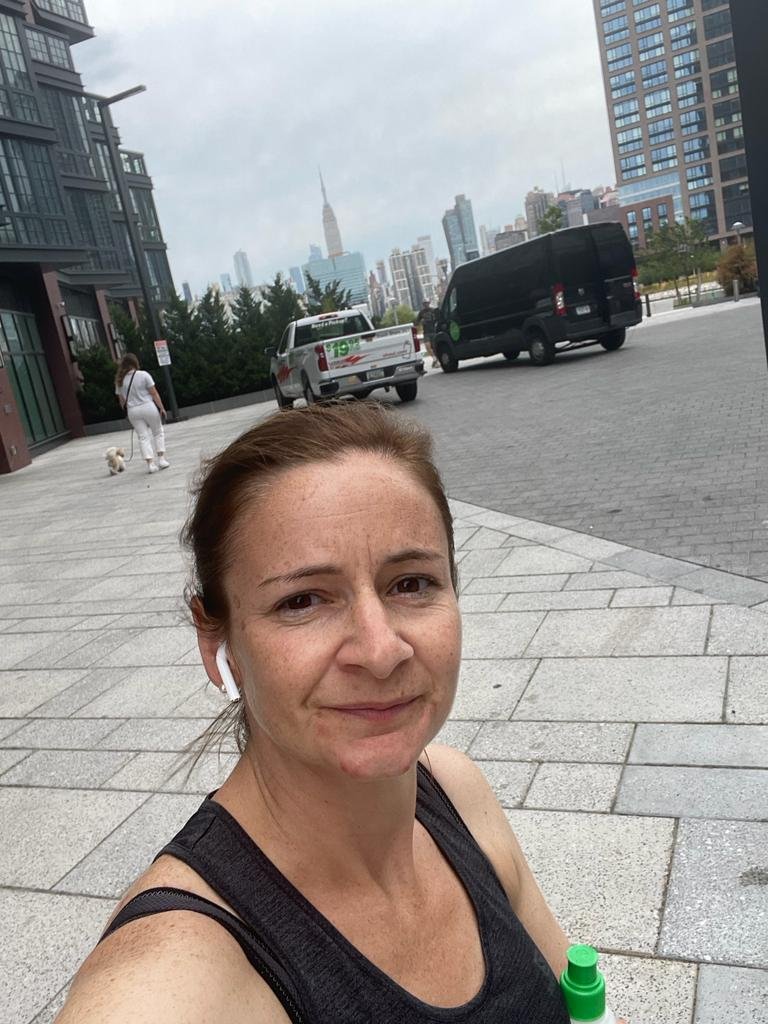
Trying something new as an adult can be scary

Hey runners, how are your knees?

How to grow adventurous children - with GoWildGoWest

What WildStrong means to me
WildStronger Steph writes about what drew her to joining us in woods every week.

Expanding our options through varied movement
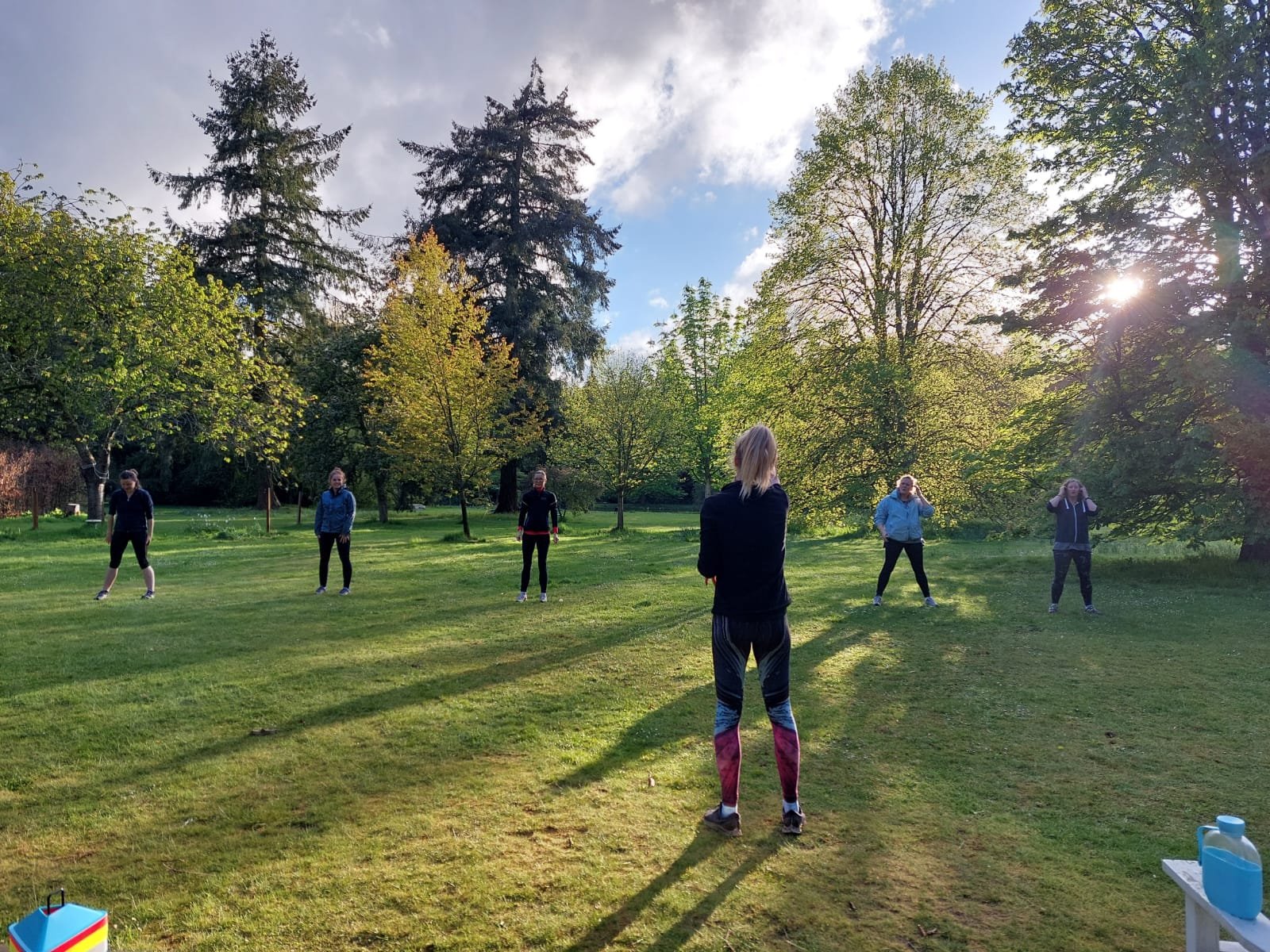
Developing Your Coach’s Toolbox: Teachable Chunks

Celebrating the end of Winter, with a badge

Different Modes of Coaching, When to Step Back and When to Lead.

Introducing Sarah

We’re a finalist in the Start-up Awards
We found out this week that’s we’re finalist in the Start Up Awards! Sometimes starting and running a company whilst having two small children feels like a war of attrition so we’ll take this nomination and ride with it.

Why we all need to crawl
Why do we incorporate different types of crawling in our classes? It’s not as if we need to crawl anywhere these days.
When I was a baby I bum-shuffled my way around until my mum read an article about encouraging bum-shufflers to crawl. I come from a family of dyslexics and crawling with its contra lateral movement is a critical step in an infant’s brain development. Skipping crawling or not crawling for a long period can impact various cognitive processes.
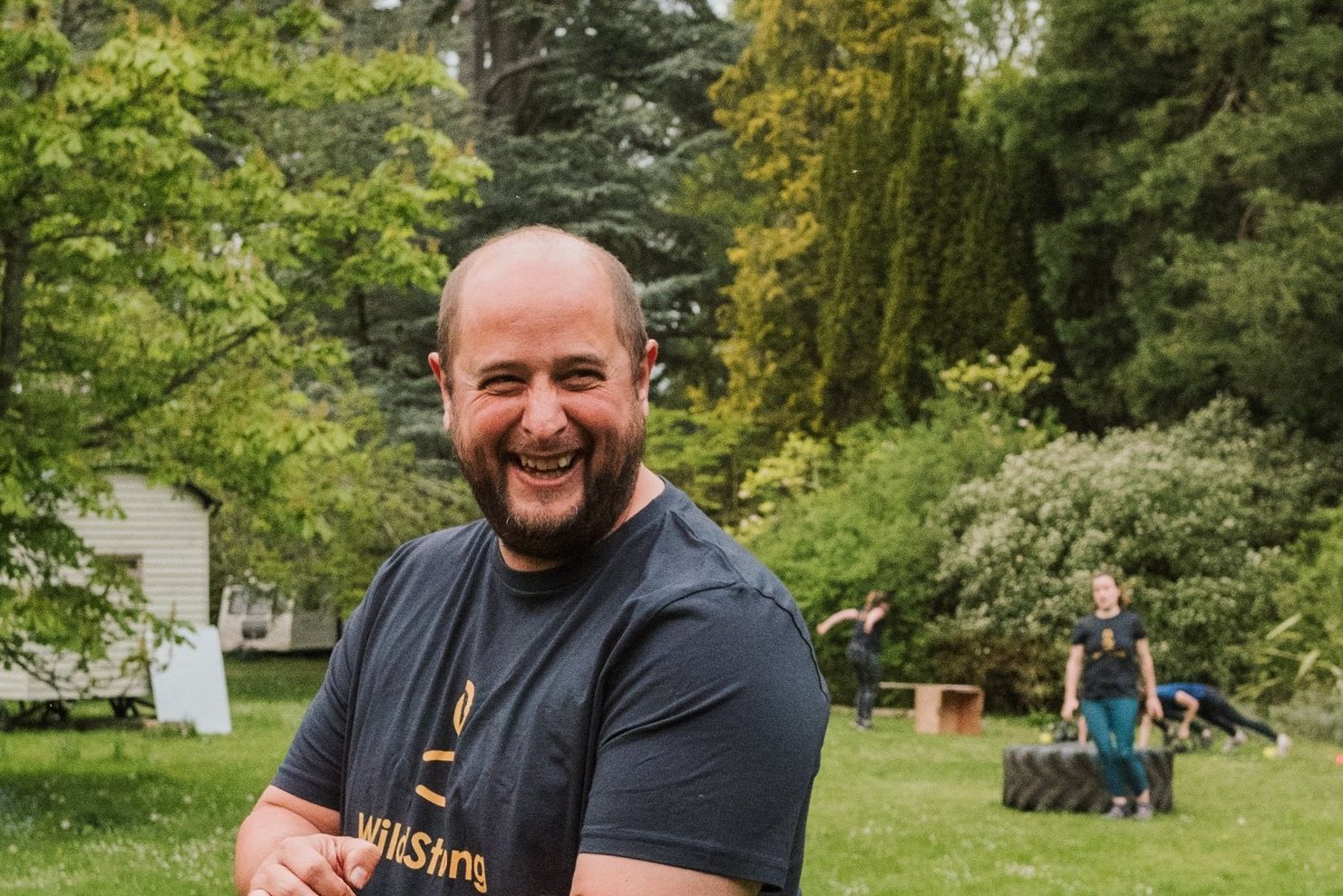
It all started with Zhoug: my journey with WildStrong
Our Head Coach Andrew talks to Dr. Skog (or “Skogy”), a long term member of WildStrong Pangbourne and now a WildStrong Coach. Oh yes, and he’s also an anaesthetist and a father.

Mind The Gap: How can we level the playing field in the wellbeing and fitness industry?
Recorded on Instragram Live in Feb 2023 with WildStrong’s Head Coach Andrew Telfer MPH and Dr Zoe Watson from @wellgood_wellbeing.
We discussed what falls through the gaps of the current wellbeing and fitness industry.

Movements that help us as we age
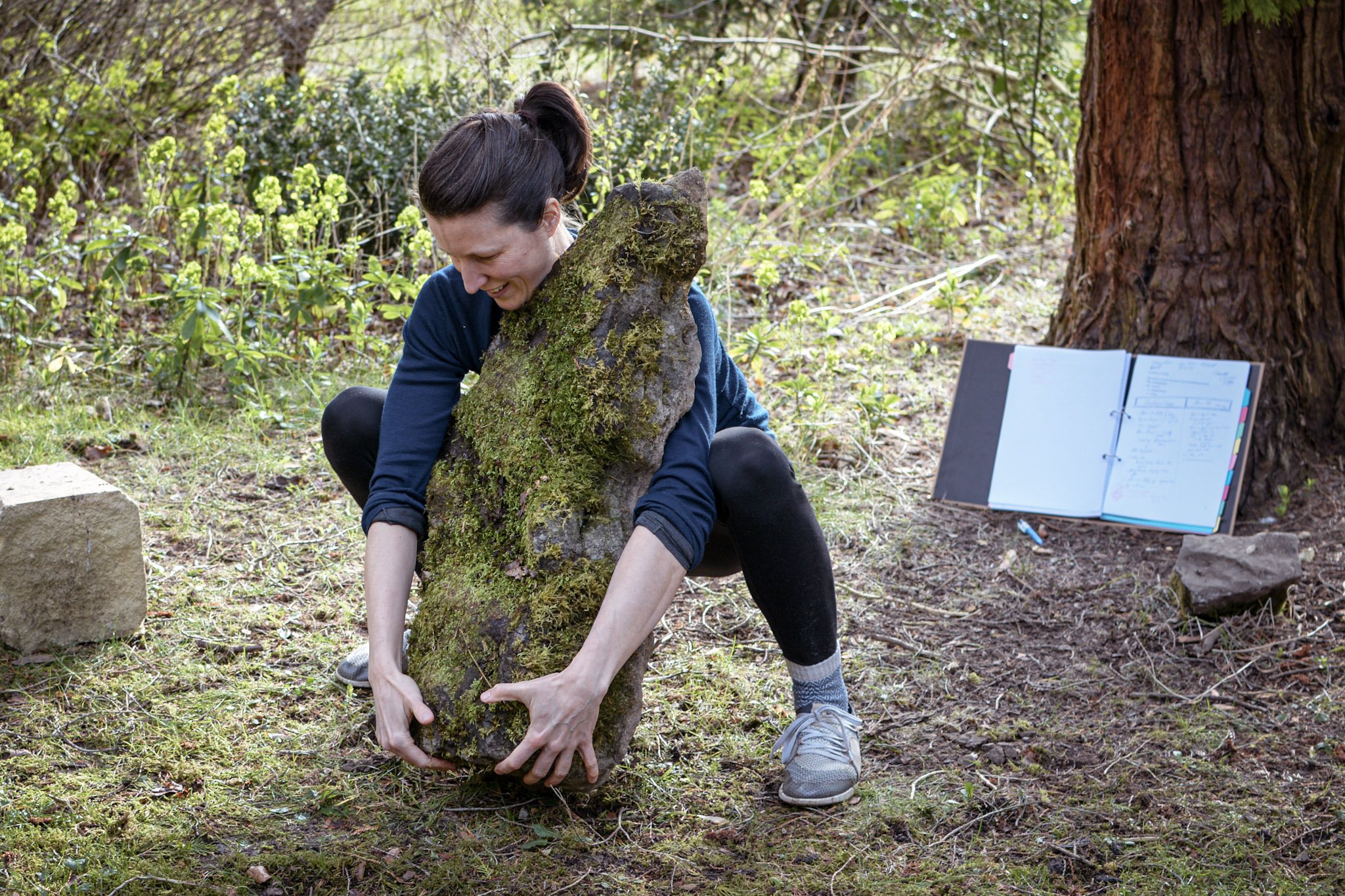
Meta-analysis: Aerobic and muscle strengthening activities
In a recent meta-analysis(1) researchers looked at the number of people who met the World Health Organisation’s (WHO) guidelines for both aerobic and muscle strengthening activities (MSA).
The paper examined five databases of 3,390,001 individuals from 32 countries in populations over 5 years of age, and whenever possible, explored this prevalence according to sociodemographic and lifestyle factors. Worth noting that no studies reported data for children aged 5–11 years.

What can grip strength tell us about our overall health?
There is increasing evidence to suggest that grip strength can be used an indicator of overall health.
We are often asked about grip strength in our sessions so we thought it would be useful to do a quick run-down of the more recent peer reviewed studies out there. If we’ve missed any, please let us know!

